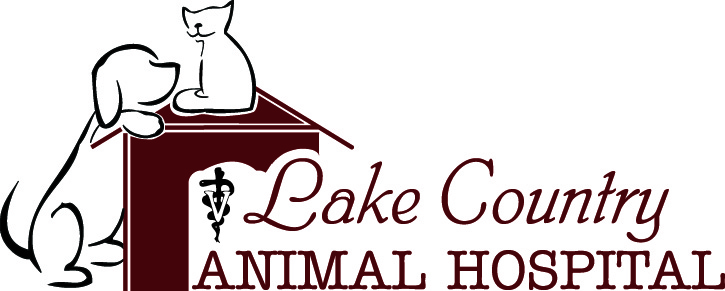Library
-
Cat food labels can be confusing. These labels are an important way that pet food manufacturers communicate nutritional information to consumers. It is important to understand some of the rules regulating cat food labels to better interpret the information they contain.
-
Dog food labels can be confusing. These labels are an important way that pet food manufacturers communicate nutritional information to consumers. It is important to understand some of the rules regulating cat food labels to better interpret the information they contain.
-
Diabetes mellitus is an inability to regulate blood glucose caused by a loss of insulin production (Type I) or inadequate insulin supply or resistance (Type II). In cats, diabetes mellitus is most often type II. This type of diabetes usually results from obesity, creating insulin resistance. Cats with type II may be treated with oral medication, but some cats may ultimately require insulin injections. Diet is also important. This article discusses various treatments and monitoring regimens.
-
Treats are a great way to bond with your dog but are an additional source of calories that must be considered within the overall diet. Treats should be no more than 10% of your dog's daily calorie intake and, in greater quantities, can create a nutritional imbalance. Consider choosing lower calorie treats for your dog to avoid exceeding the 10% rule.
-
This handout discusses the causes and potential treatments for excess gas (flatus or flatulence) in dogs. Factors such as diet, speed of eating, exercise and foods to avoid are highlighted.
-
Periodontal disease is the most common problem affecting dogs of all age groups. The importance of daily, at-home dental care cannot be overemphasized. Dogs may benefit from either a food, treat, water additive, gel or powder that has been approved by the VOHC to reduce plaque buildup.
-
This article reviews the advantages and disadvantages of the different food forms available for cats, including dry, canned, and semi-moist foods. Dry food, or kibble, is easy to portion control and can be fed in puzzle toys. Canned food is a good option but more expensive than kibble and does not last as long once opened. Semi-moist foods are generally not recommended as the main diet due to their high sugar and sodium content, as well as difficulty with portioning. Feeding a combination of canned and dry is recommended for young, healthy cats so that they are exposed to a variety of textures.
-
This article reviews the advantages and limitations of the different food forms available for dogs, including dry, canned, and semi-moist foods. Dry food, or kibble, is easy to portion control and can be fed in puzzle toys. Canned food is a good option but more expensive than kibble and does not last as long once opened. Semi-moist foods are generally not recommended as the main diet due to their high sugar and sodium content, as well as difficulty with portioning. Feeding a combination of canned and dry daily is an option and can help with acceptance of a variety of textures later in life.
-
Eclampsia, also referred to as hypocalcemia or puerperal tetany, is an emergency medical condition associated with a life-threatening drop in blood calcium levels that occurs in nursing mothers. Mothers that are especially attentive to their kittens seem to be more likely to develop eclampsia. Signs and treatment are discussed.
-
Eclampsia, also referred to as hypocalcemia or puerperal tetany, is an emergency medical condition associated with a life-threatening drop in blood calcium levels that occurs in nursing mothers. Mothers that are especially attentive to their puppies seem to be more likely to develop eclampsia. Signs and treatment are discussed.

